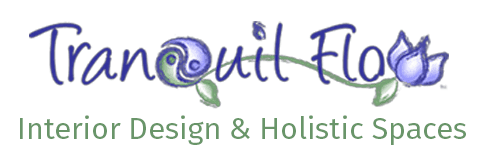How to Understand Color in Feng Shui
Have you wondered about the affects of color in your home and workplace? Some people are sensitive enough to feel the effects viscerally. Whether you feel it or not, the color is a powerful influence in all of life. Feng Shui provides insights into how and why color plays such a vital role in our health and well-being. Read this in-depth article for how to understand color in Feng Shui and how to use it for your benefit.
Color Energy
Color energy comes to earth in the form of electromagnetic vibrations contained in white light. Light is a small part of all electromagnetic radiation; it is sensed by the eyes and interpreted by the brain to produce visual sensations of images in color.
To see color, we need light; without light, there is no color. Light rays themselves are not colored, but each visible waveband produces a different sensation in the brain.
Sunlight contains all the colors of light, which, when combined, make white light. White light is made up of a wide range of colors mixed together. This can be seen if we pass white light through a glass prism.
For example:
- Red is the longest wavelength and slowest vibration
- Violet has the shortest wavelength and is the highest vibration
Color is Universal and is the energy of light. Everything in our world is affected by it:

- Indoors, interior colors creates the ambiance and mood in space because its vibrational energy charges our emotions and energy levels.
- In nature, color is used by animals to attract the right type of partner for pollination or to blend in when there is a sense of danger.
Color in Feng Shui Practice
To understand color in Feng Shui, remember that Feng Shui is all about natural influences. As color is a part of nature, it is essential in the practice of Feng Shui. The Five Elements and their associated color representations give rise to a whole spectrum of colors. The five colors associated with each element evoke the quality of energy of the element.
The Bagua Map lists each direction, its associated element, and color and can be used as a general guideline for the Feng Shui beginner. The goal is to design the space with the purpose of the room and the element associated with its direction.
Color is vibration that we each respond to on many levels, consciously and unconsciously, and used symbolically to enhance space or evoke emotions. There are an increasing number of studies linking colors to specific responses. It has also been found that colors used in the design of an environment can significantly impact people's emotions and performance within that environment.
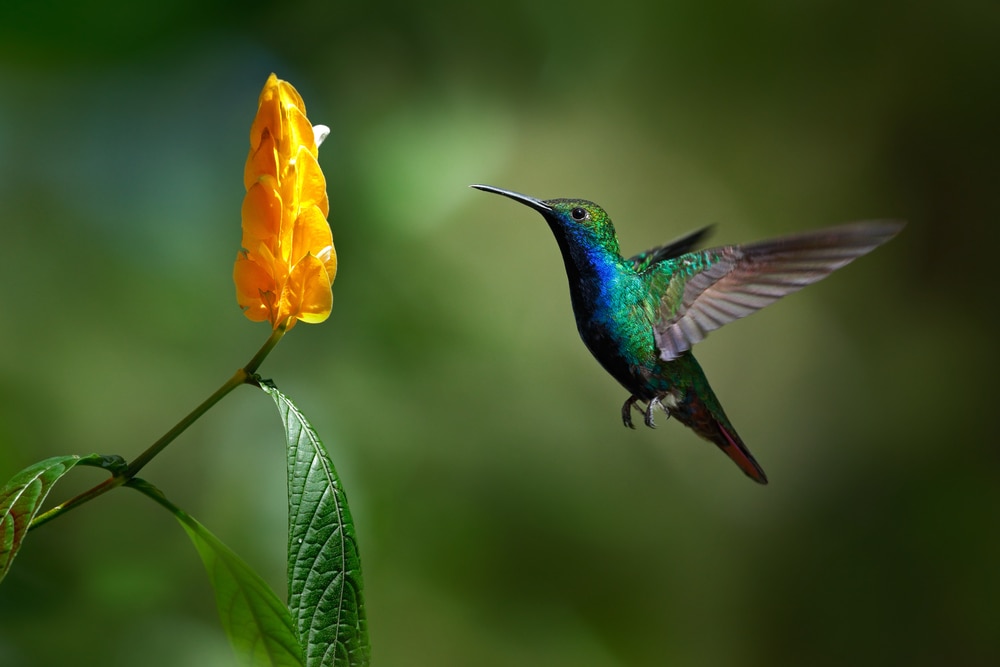
When working at the advanced levels, the selection of color becomes more complex depending on specific readings derived from the building's natal (Flying Star) chart.
Psychological tests have been conducted and reveal that hues in the color red (Masculine, Yang) are typically viewed as warm, increase bodily tension and stimulate the autonomic nervous system. In contrast, colors in the blue (Feminine, Yin) and green (Neutral) range are viewed as cool and release tension.
Babies cry more often in rooms painted with yellow color. Weightlifters perform more powerfully in blue spaces, and pink calms prisoners.
We are unconsciously attracted and repelled by different colors depending on our emotional and mental needs and the different life stages. When we are attracted to a new color, it typically means we are going through a change in life.
Psychologist Carl Jung believed in the symbolic power of color. He encouraged his patients to use color spontaneously while painting to help express their subconscious and assimilate it with the conscious to achieve wholeness. Color impacts us through "invisible" energies, the subtle electromagnetic frequencies that make up the color spectrum which is why it is an important part of Feng Shui adjustments.
The type of lighting and color surrounding us influences everyone and has a great impact on our lives.
From this, you can understand how important color is to Feng Shui's practice.
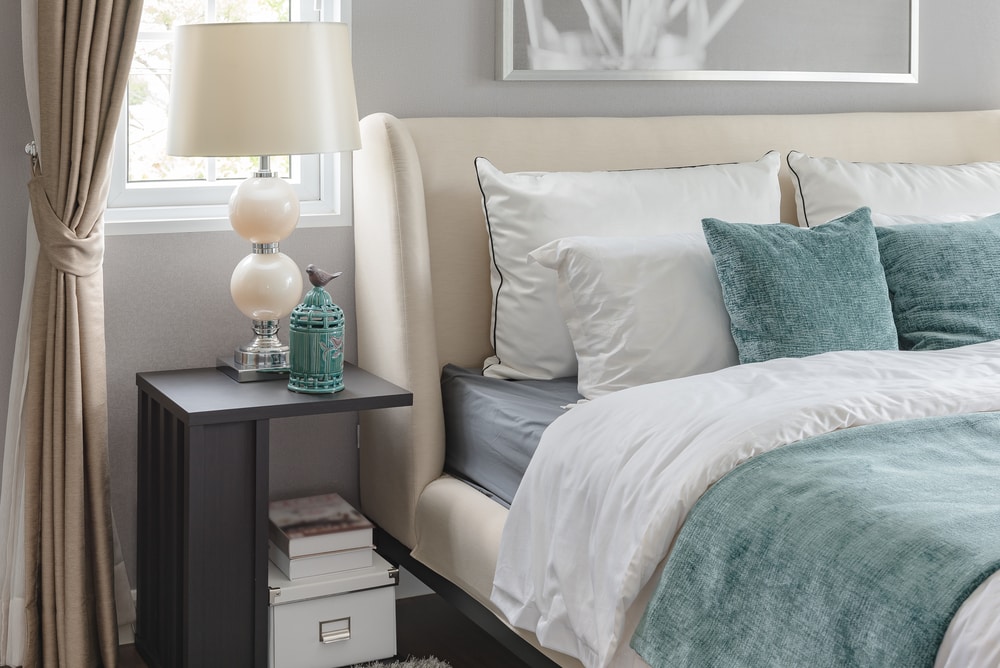
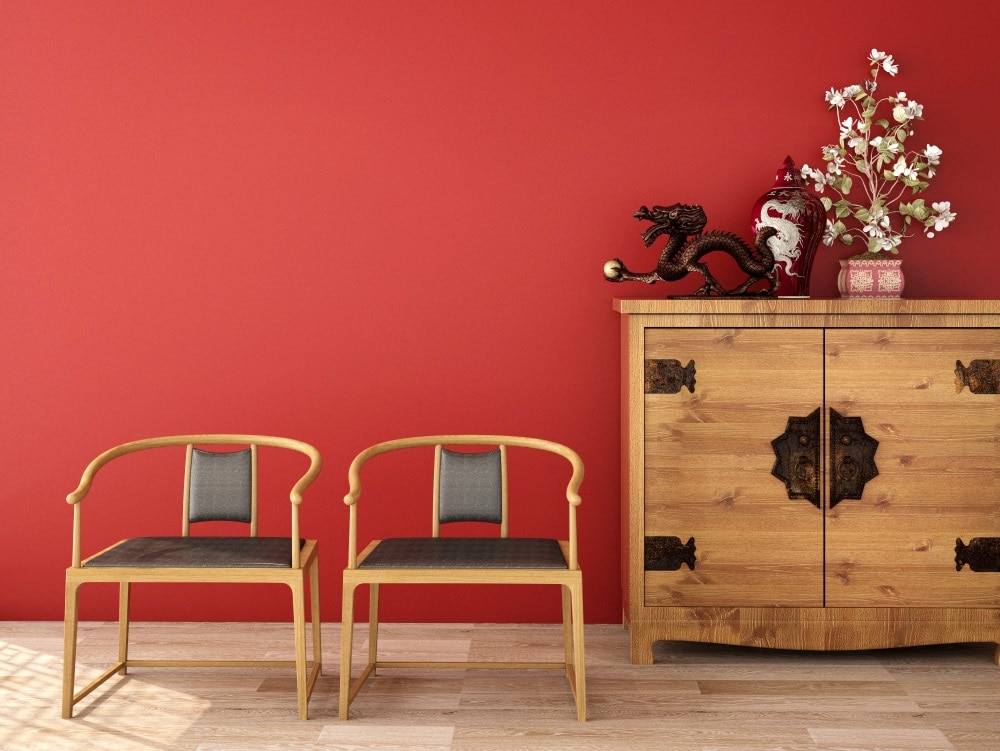
Color in Healing
Chromotherapy or Color Therapy has been used as a Biofield therapy for thousands of years and has recently experienced a modern resurgence. By creating a balance of color energies specific to the individual, harmony and balance can be achieved between the mind, body, and spirit.
Color Therapy is a non invasive therapy that uses the healing energy contained within the visible rays of color. Color can be used to balance energy, aid in creativity and learning, release blocks, and help relieve physical, emotional, and mental conditions.
Our ancestors were aware of how the different colors in nature affected them and used colors to bring balance and harmony in all areas of life. Light and color connect us to nature and the rhythms of the universe.
Color and healing was practiced in the time of Hippocrates and Pythagoras, who spoke of color and healing in their writings.
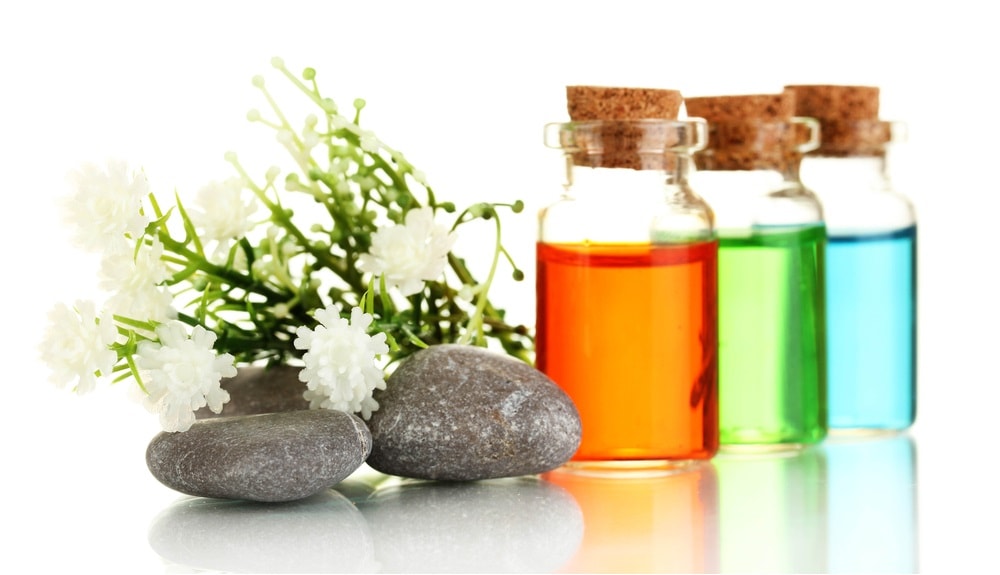
In contemporary times, Color Healing has been practiced and written about by famous healers such as:
- Johann Wolfgang Goethe (Theory of Colours)
- Dr. Edwin Babbit (The Principles of Light and Colour)
- Rudolph Steiner
- Dr. Max Luscher
- Dr.Theo Gimbel
Color Therapy is complimentary to Biofield Therapy and can be used for treatment by trained practitioners. Methods include:
- Light Box Therapy (irradiation)
- Crystal Light Therapy
- Color Reflexology
- Chromotherapy Lamp Therapy
- Color Acupuncture
- Silk Scarf Treatment
- Crystal Healing
- Color Eixirs
For Spiritual Growth, methods include:
- Color Meditation
- Color Affirmation
- Color Breathing
- Aura and Chakra Balancing
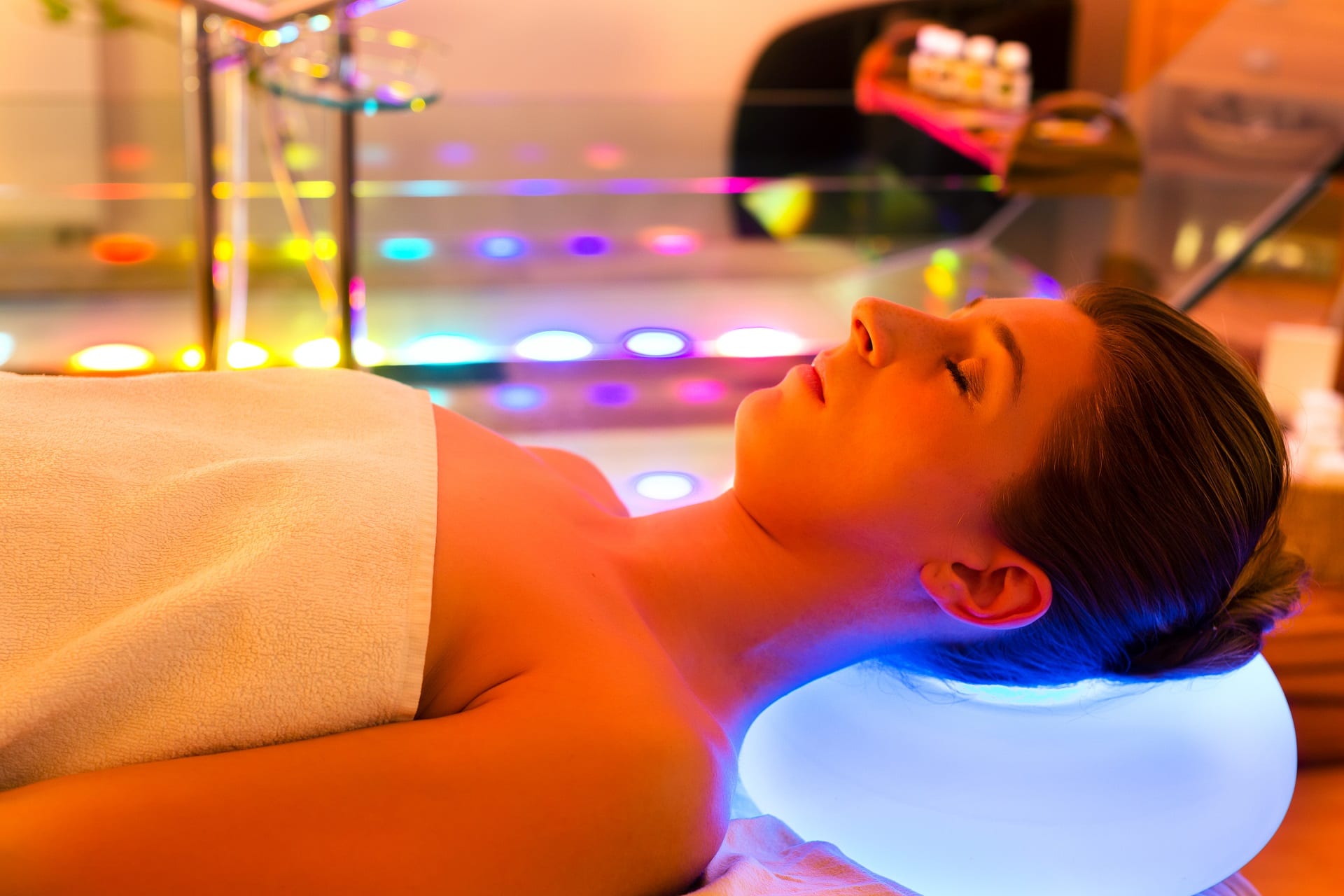
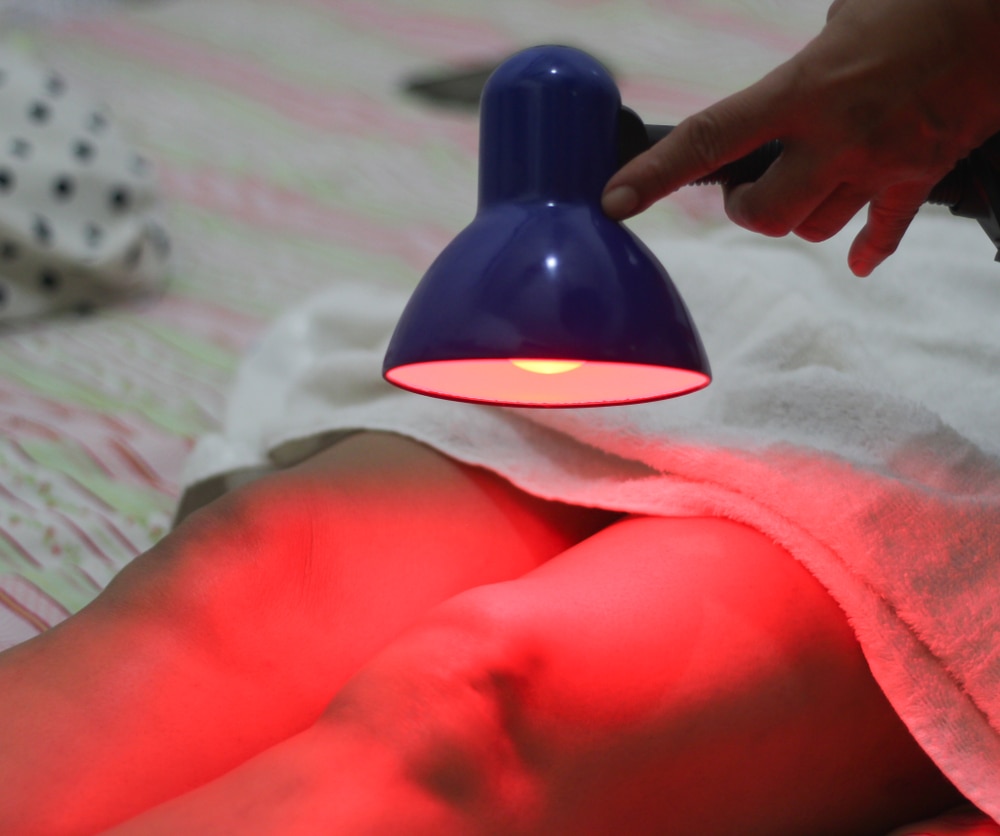
How Color Energy is Absorbed
- Color energy is absorbed through our eyes. The energy from colored light travels to the pituitary gland and stimulates the production of hormones that regulate a wide variety of bodily functions and affects our entire metabolism.
- Color is absorbed by the skin affecting every cell in our body; all cells are light sensitive. The vibrations of color affect their growth and behavior, causing fine biochemical changes to occur. Not only plants, animals, and humans but even bacteria and chemicals show changes in behavior when exposed to different colors.
- Color and light is absorbed by the human Biofield or Aura. The Aura has colored layers which correspond with the colors associated with the correlated body energy centers known as Chakras. The Aura breaks white light down to its component color energies and sends it to the appropriate Chakra. The Chakras are aligned in an ascending column from the base of the spine to the top of the head. These centers resemble whirling wheels of energy that interpenetrate one another. They maintain a Yin –Yang balance in life. The Chakras operate within the etheric body linking it to the physical body. Each Chakra corresponds to a particular color frequency and with a particular organ or gland. Their function is to spin and draw in Qi, vitalize the physical body and keep the body's spiritual, mental, emotional, and physical health in balance.

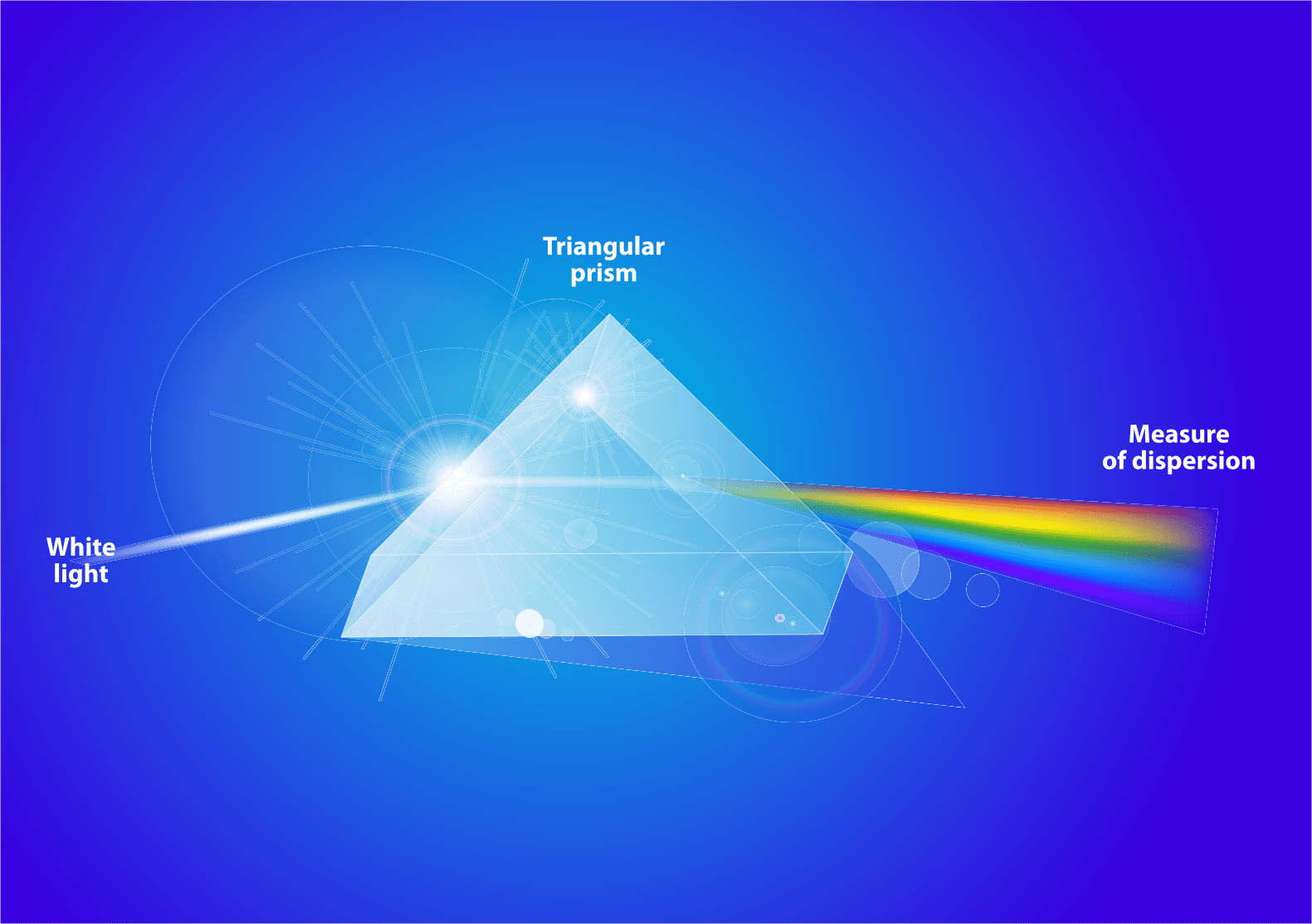
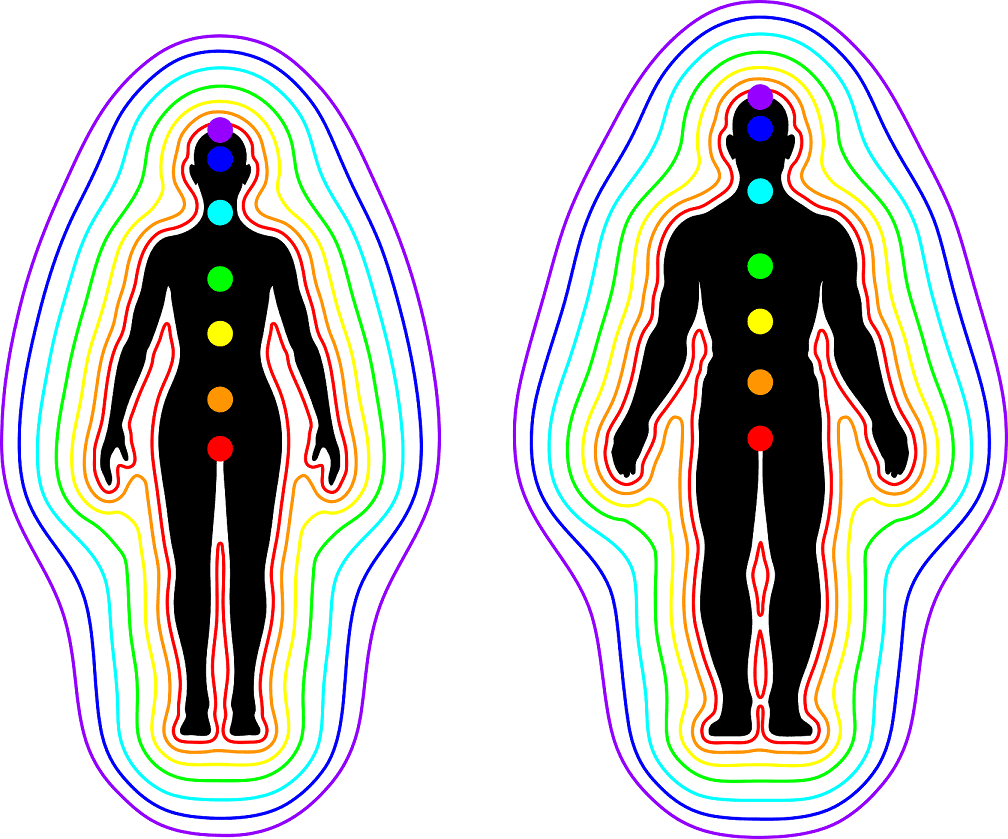
Red – Yang

Associated with energy, strength , physical activity , confidence
- Increases enthusiasm
- Stimulates energy
- Encourages action and confidence
- Gives a sense of protection from fear and anxiety
Preference for red: Great energy, passionate , impulsive, courage, strength , power
Aversion to red: Shows frustration, anger, or defeat
Physical conditions that respond to the Red Ray: Anemia, muscle fatigue, rheumatoid arthritis
Orange – Yang
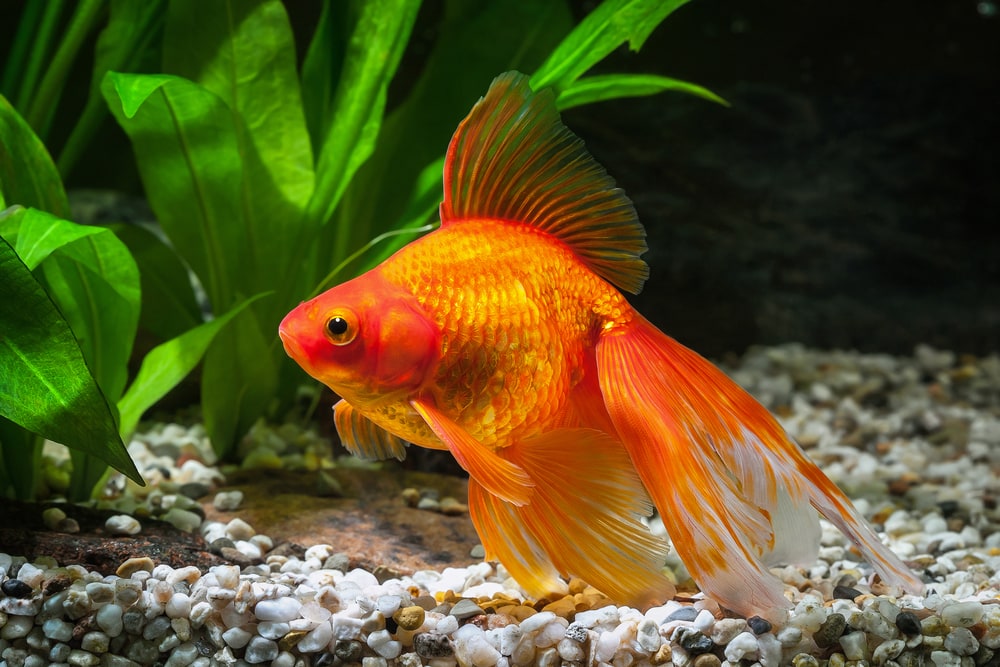
Associated with warmth and energy, fun , flamboyance
- Stimulates activity
- Encourages socialization
Preference for orange: Warmth, abundance, celebration, scalability, independent, sensual
Aversion to orange: Suffering from exhaustion, mental of physical fatigue
Physical conditions that respond to the Orange Ray: Asthma, gall stones, inflammation of kidneys
Yellow – Yang
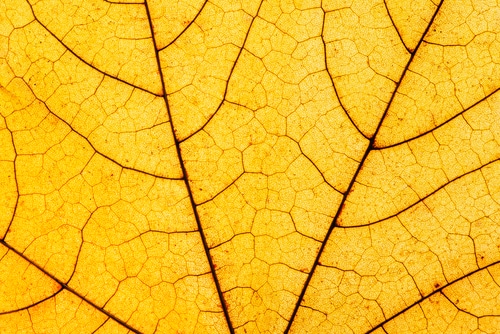
Associated with the sun, optimism, enlightenment and happiness
- Mentally stimulating
- Stimulates the nervous system
- Activates Memory
- Encourages communication
Preference for yellow: Life force, the sun, vitality, energy, cheerful, curiosity, flexibility, progress
Aversion to yellow: Suffering from disappointments, feeling powerless
Physical conditions that respond to the Yellow Ray: Nervous exhaustion, skin conditions, weight loss, boils and ulcers
Green
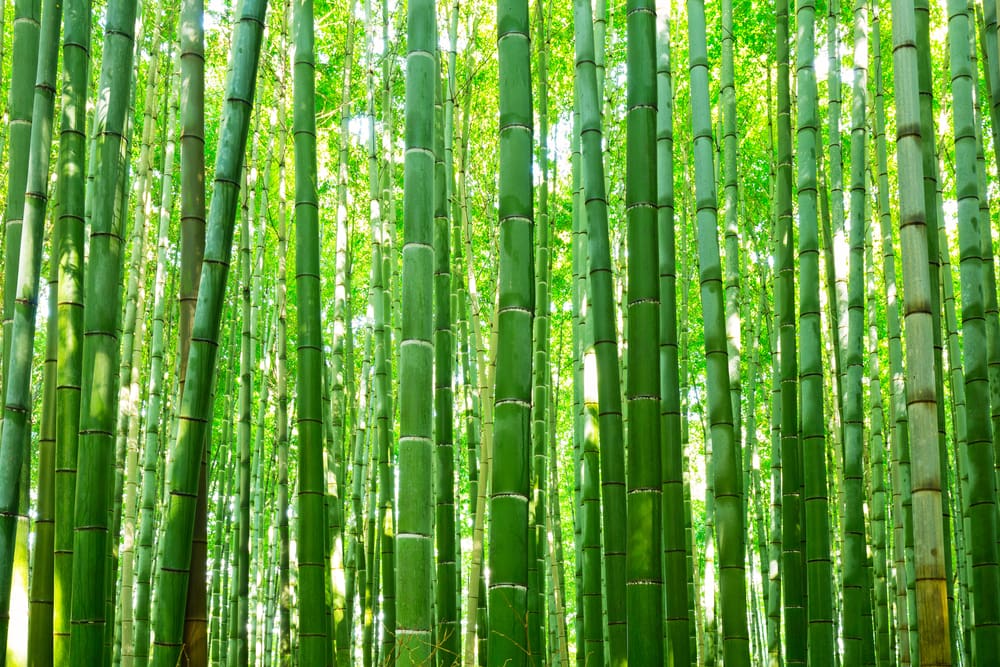
Associated with peace and harmony
- Soothing
- Relaxing mentally as well as physically
- Helps alleviate depression, nervousness and anxiety
- Offers a sense of renewal, self control and harmony
Preference for green: Peace, hope, comfort, nurturing, calmness and harmony, health and healing
Aversion to green: Mental disturbance, loneliness, rejection
Physical conditions that respond to the Green Ray: High blood pressure, insomnia, headaches, tension and stress
Blue - Yin

Associated with being Trustworthy, dependable, committed, gentle, peaceful
- Calming and sedating
- Cooling
- Aids intuition
Preference for blue: Cool, soothing, dreamy, magical, peace and rest
Aversion to blue: Anxiety of fear, loss of wealth or status, sense of failure
Physical conditions that respond to the Blue Ray: Neuralgia, nervous exhaustion, hyper/hypothyroid, sore throat and colds, varicose veins
Indigo - Yin
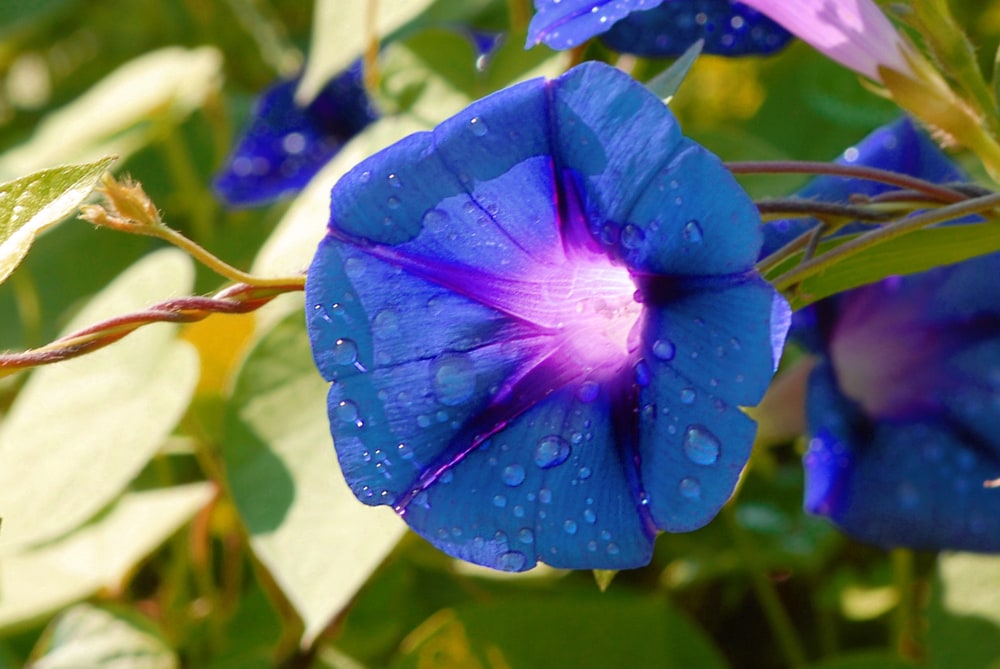
Associated with strong intellect, intuition, and higher self
- Sedating
- Opens up intuition
- The color of divine knowledge and the higher mind
Preference for indigo: Highly intuitive, faithfulness, sense of clarity, devotion, fearlessness, and idealism
Aversion to indigo: Fearful, inconsiderate, intolerant, judgmental, sense of separateness
Physical conditions that respond to the Indigo Ray: Back trouble, tension headache, migraine, eye problems, sinus problems
Violet - Yin

Associated with Intuition , balance of red stimulation and blue calm, healers,stimulates the brow chakra and controls the pineal gland,dignity, nobility, self respect
- Uplifting
- Calming to mind and nerves
- Offers a sense of spirituality
- Encourages creativity
Preference for violet: Seeking spiritual development, a call to serve, much energy, strong but controlled passions and emotions
Aversion to violet: Very serious attitude towards life, may have a tendency to reject everything personally regarded as unrealistic.
Physical conditions that respond to the Violet Ray: Depression, epilepsy, senile dementia, mental disorders, dizziness, and confusion
Magenta
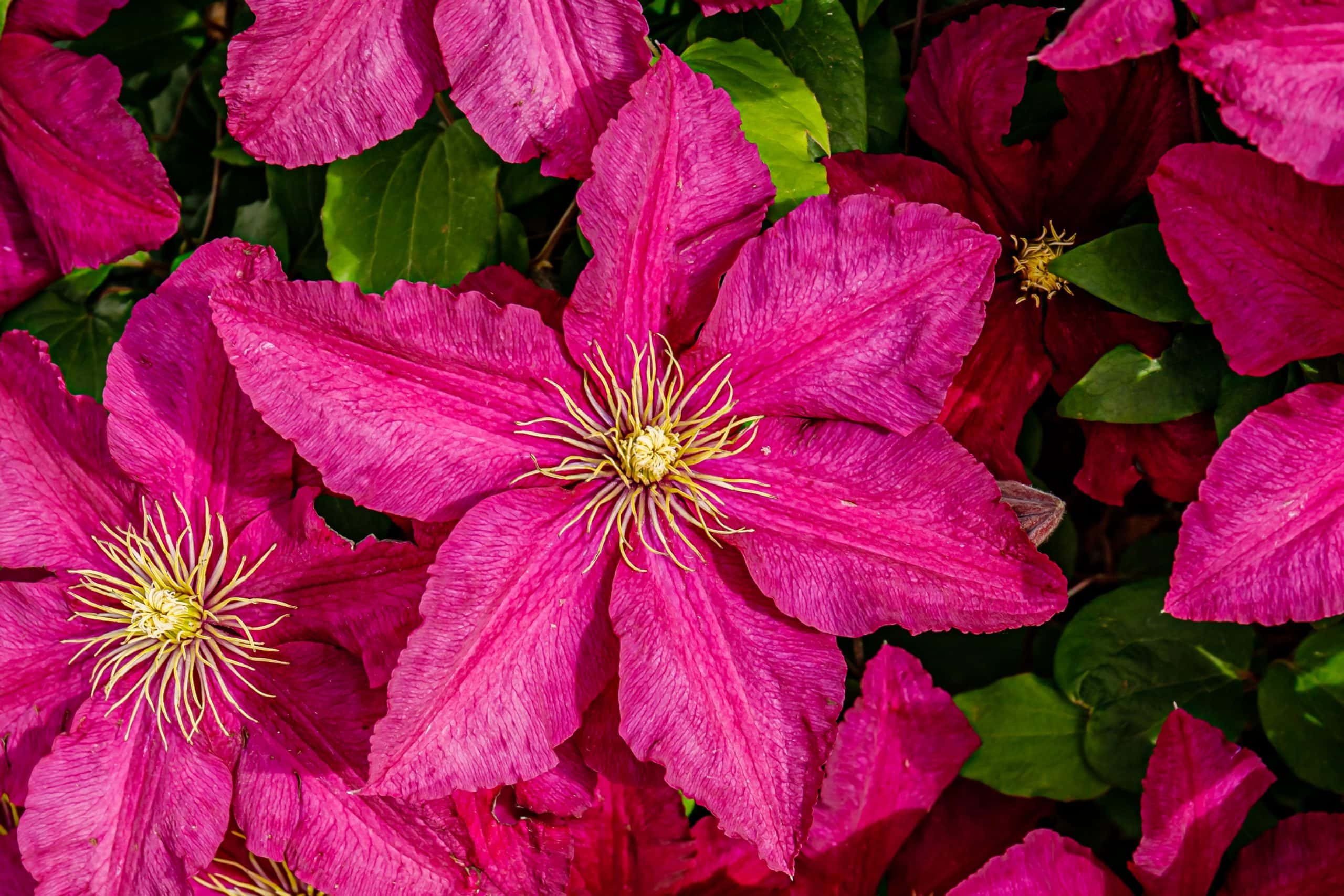
Associated with Strengthening life purpose, dedication, reverence, gratitude, Idealism in its purest form, Unconditional or spiritual love, Great Compassion
- Color of the highest order
- Emotional stabilizer
- Connected with spirituality and meditation
- Agent for change
Preference for magenta: Much energy, strong but controlled passions and emotions
Aversion to magenta: Feeling overwhelmed by people with strong convictions, difficulty exposing deep emotions, denying ones own needs, inferiority complex, trying to control others, feeling of superiority
Physical conditions that respond to the Magenta Ray: Stimulates heart and adrenal activity, chronic tiredness, headaches, overexertion, nervous exhaustion
Turquoise

Associated with Alertness, Awareness, Clarity, Open Mindedness
- Transformation at its highest level
- Triumphant
- Well-being
Preference for turquoise: Helpful, sparkling, articulate, open minded
Aversion to turquoise: Immaturity which can manifest as confusion, Isolation, emptiness and lack of clarity on an emotional, spiritual and mental level
Physical conditions that respond to the Turquoise Ray: Headaches, swelling, cuts, bruises, burns, mental fatigue, elimination, immune system, skin problems

Kandi Schuman Dole AS,CCFP, AFDP, CCH, Green AP
Allied Member of ASID (American Society of Interior Designers)
Phone: (919) 451-2601
Copyright © 2022 Kandi Schuman Dole and Tranquil Flow
Serving the communities of Raleigh, Cary, Chapel Hill, Carrboro, Durham, Hillsborough, Mebane, Burlington, Greensboro and Winston-Salem, including Durham, Orange and Wake Counties of North Carolina.

